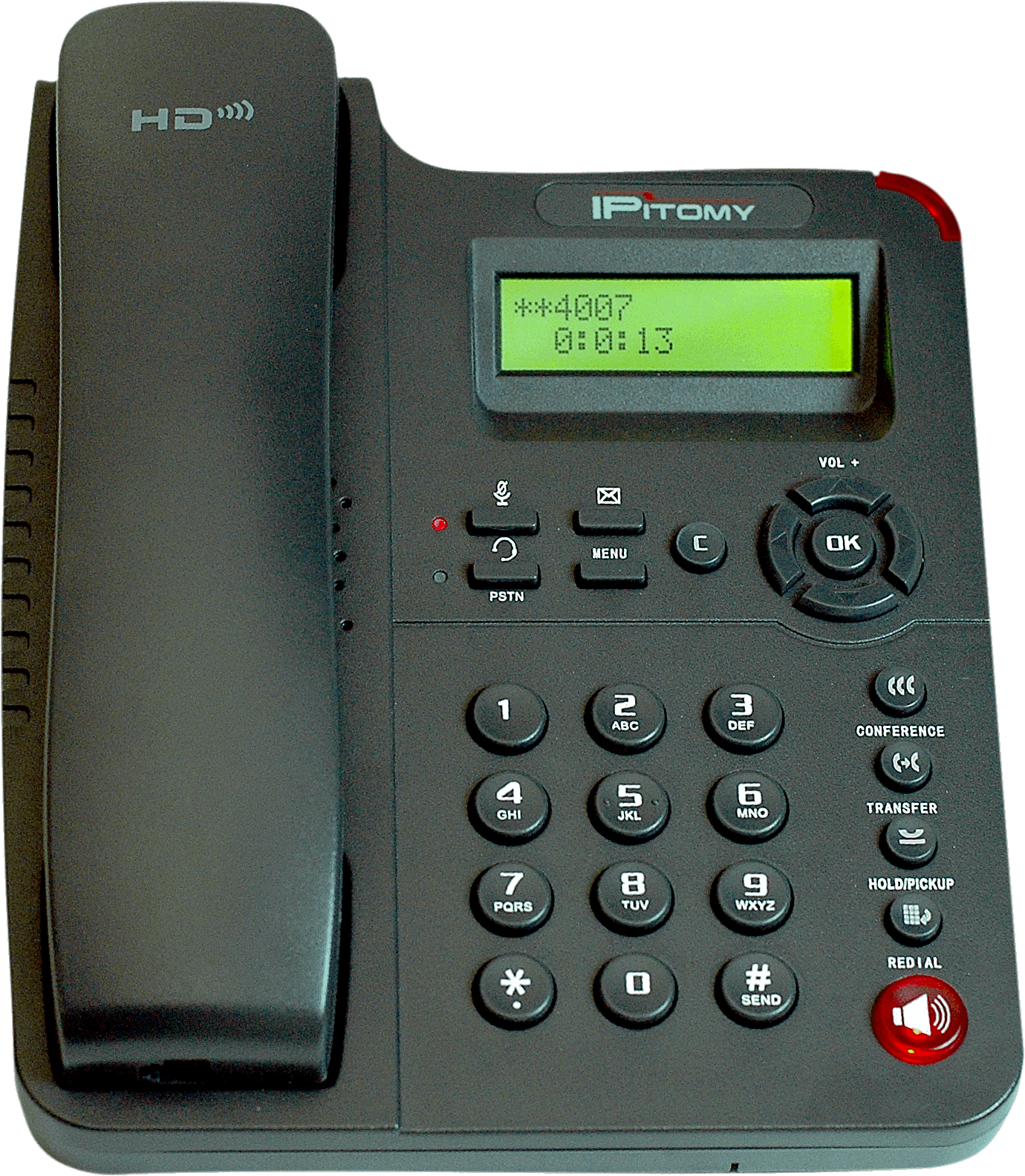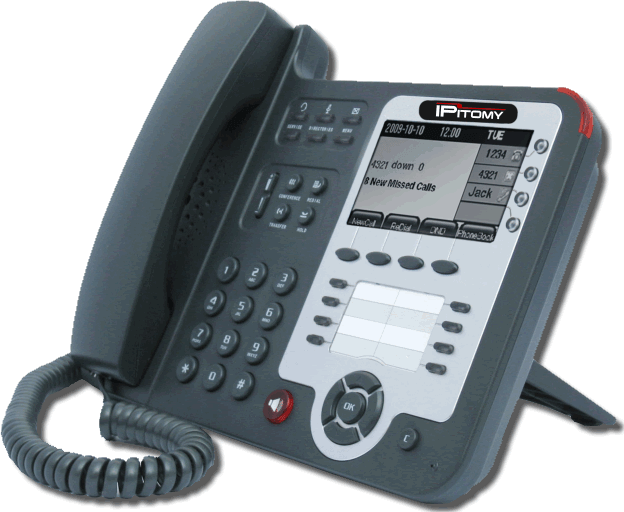

SIP allows proxy servers to communicate so that, afterwards, users can communicate using Real-time Transport Protocol. In addition to real-time services, SIP is used for asynchronous event notifications, such as automatic callbacks, message-waiting indicators and buddy lists based on presence. Other SIP features are available through application programming interfaces. URIs are alphanumeric, using a syntax that looks more like an email address than a phone number or IP address. Users and endpoints are detected with a single identifier, or Uniform Resource Identifier ( URI), which is independent of their network location. SIP also supports name mapping and redirection services, which are two ways the protocol enables mobility. Primitives enable additional information to be embedded in a SIP message, such as linking a user's photo to directory information to enhance the user's caller ID. Instead, it defines interoperable implementations of SIP features, called primitives, which are used to facilitate different services. SIP does not provide communication services. The protocol can be used to invite participants to unicast or multicast sessions that do not necessarily involve the initiator. SIP sessions can include internet telephony, video conferencing and other forms of unified communications. The SIP communications protocol determines five attributes when establishing and terminating multimedia sessions: SIP complements other communications protocols, such as Real-Time Transport Protocol ( RTP) and Real-Time Streaming Protocol, used in IP-based sessions.
#Sip definition telecom drivers
Native support for mobility, interoperability and multimedia was among the drivers behind SIP development. SIP addresses the evolving needs of IP-based communications. SIP was developed by the Internet Engineering Task Force in 1996 and standardized in 1999. SIP enables voice, messaging, video and other communications applications and services between two or more endpoints on IP networks. Session Initiation Protocol (SIP) is a signaling protocol used for initiating, maintaining, modifying and terminating real-time communications sessions between Internet Protocol ( IP) devices. However, the basic functionality and operation of SIP does not depend on any of these protocols.What is Session Initiation Protocol (SIP)? SIP is rather a component that can be used with other Internet protocols to build a complete multimedia architecture. SIP is not a vertically integrated communications system. Session management: including transfer and termination of sessions, modifying session parameters, and invoking services.Session setup: "ringing", establishment of session parameters at both called and calling party.User capabilities: determination of the media and media parameters to be used.User availability: determination of the willingness of the called party to engage in communications.User location: determination of the end system to be used for communication.SIP supports five facets of establishing and terminating multimedia communications:

SIP transparently supports name mapping and redirection services, to support this mobility.


SIP supports personal mobility - users can maintain a single externally visible identifier regardless of their network location. Media can be added to (and removed from) an existing session. Participants can be invited to already existing sessions. SIP is able to support multicast conferences with more than two participants. A session is considered as an exchange of data between an association of participants, such as Internet telephony calls and video telephony. Session Initiation Protocol (SIP) is an application-layer control protocol that can establish, modify, and terminate multimedia sessions (conferences). Session Initiation Protocol (SIP) - Telecom ABC Session Initiation Protocol (SIP)


 0 kommentar(er)
0 kommentar(er)
